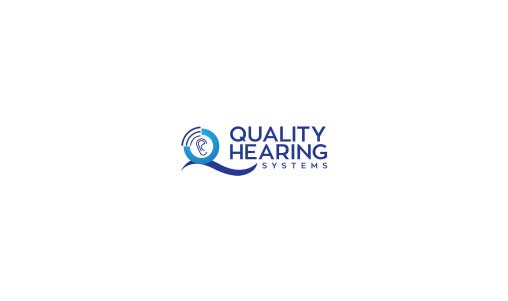Far too many times, we hear people assert that hearing loss only affects “old people,” that it’s just part of growing old, or that it’s generally an uncommon condition.
These remarks couldn’t be further from the facts.
Here are statistics you need to know about:
Prevalence of hearing loss in the US
Hearing loss, to some degree, affects 20 percent of all Americans, or 48 million people, according to the Hearing Loss Association of America. If everyone with hearing loss in the US lived in the same state, its population would be larger than the whole state of California by 10 million people.
1 out of every 5 people in the US has some kind of hearing loss, even if that hearing loss is unknown and untreated. As a result, the likelihood that you know someone with hearing loss or have hearing loss yourself is, regrettably, very high.
In addition, from 2000 to 2015, the number of Americans with hearing loss has doubled, and internationally the number is up by 44 percent. This makes hearing loss the second most prevalent health disorder worldwide. In fact, those living with hearing loss outnumber those living with Parkinson’s, epilepsy, Alzheimer’s, and diabetes combined.
Hearing loss by age group
Even if 1 out of 5 individuals in the US has some amount of hearing loss, we’re still only speaking about older people, right?
This is a popular myth, but the answer is an unequivocal no.
According to the Better Hearing Institute, of the 48 million Americans with hearing loss, only around 35 percent are 65 years of age or older. Well over 30 million Americans under the age of 65 suffer from hearing loss. Of those:
- 1 in 6 baby boomers (ages 41-59) have some kind of hearing loss.
- 1 in 14 Generation Xers (ages 29-40) already have hearing loss.
- 1.4 million children (18 or younger) have hearing issues.
- 2-3 out of 1,000 infants are born with a noticeable degree of hearing loss in one or both ears.
Although hearing loss is prevalent throughout all age brackets, the intensity of hearing loss does have the tendency to increase with age. Whereas only around 2 percent of adults aged 45 to 54 have disabling hearing loss, the rate rises to 8.5 percent for adults aged 55 to 64, about 25 percent for adults aged 65 to 74, and about 50 percent for adults aged 75 and older.
The causes of hearing loss
Hearing loss is exceedingly widespread (both in the US and all around the globe), affects all age groups, and has come to be more widespread as time passes. What’s the cause behind all of this?
There are several causes, but the two central causes of hearing loss are direct exposure to loud sound and the aging process.
In terms of sound exposure, the NIDCD estimates that approximately 15 percent of Americans (26 million people) between the ages of 20 and 69 are suffering from hearing loss as a result of exposure to loud sounds at work or during leisure activities.
The World Health Organization has also estimated that 1.1 billion teens and young adults globally are at an increased risk of developing hearing loss from the use of personal music players played at high volumes.
When it comes to aging, the population of those aged 65 years and older is increasing, and hearing loss is more widespread among this group.
Do hearing aids help?
The optimal defense against hearing loss is protecting your ears. Evading loud noise, maximizing your distance between the sources of loud noise, and using customized ear protection are three tactics that can spare your hearing.
But what happens if you already suffer from hearing loss?
Fortunately, due to the improvements in technology and hearing health care, just about all cases of hearing loss can be treated. And distinct from the hearing aids of 10-15 years ago, modern day hearing aids have proven to be effective.
A current study by the Journal of the American Medical Association discovered that hearing aids (three prominent models tested) are in fact generally effective, concluding that “each [hearing aid] circuit provided significant benefit in quiet and noisy listening situations.”
Patients have also noted the benefits: The National Center for Biotechnology Information, after looking at many years of research, concluded that “studies have shown that users are quite satisfied with their hearing aids.”
Similarly, a recent MarkeTrak consumer satisfaction survey found that, for consumers with hearing aids four years of age or less, 78.6% were satisfied with their hearing aid performance.
The data speak for themselves, and your chances of developing hearing loss are regretfully quite high. But the statistics also demonstrate that, even if you have hearing loss, the chances are very good that you’ll benefit greatly from wearing hearing aids.
Whether you are looking for customized ear protection to protect against hearing loss or a new pair of hearing aids to enhance the hearing you’ve already lost, we can help. We have experience with all varieties of hearing loss and can help find the right solution for you.
